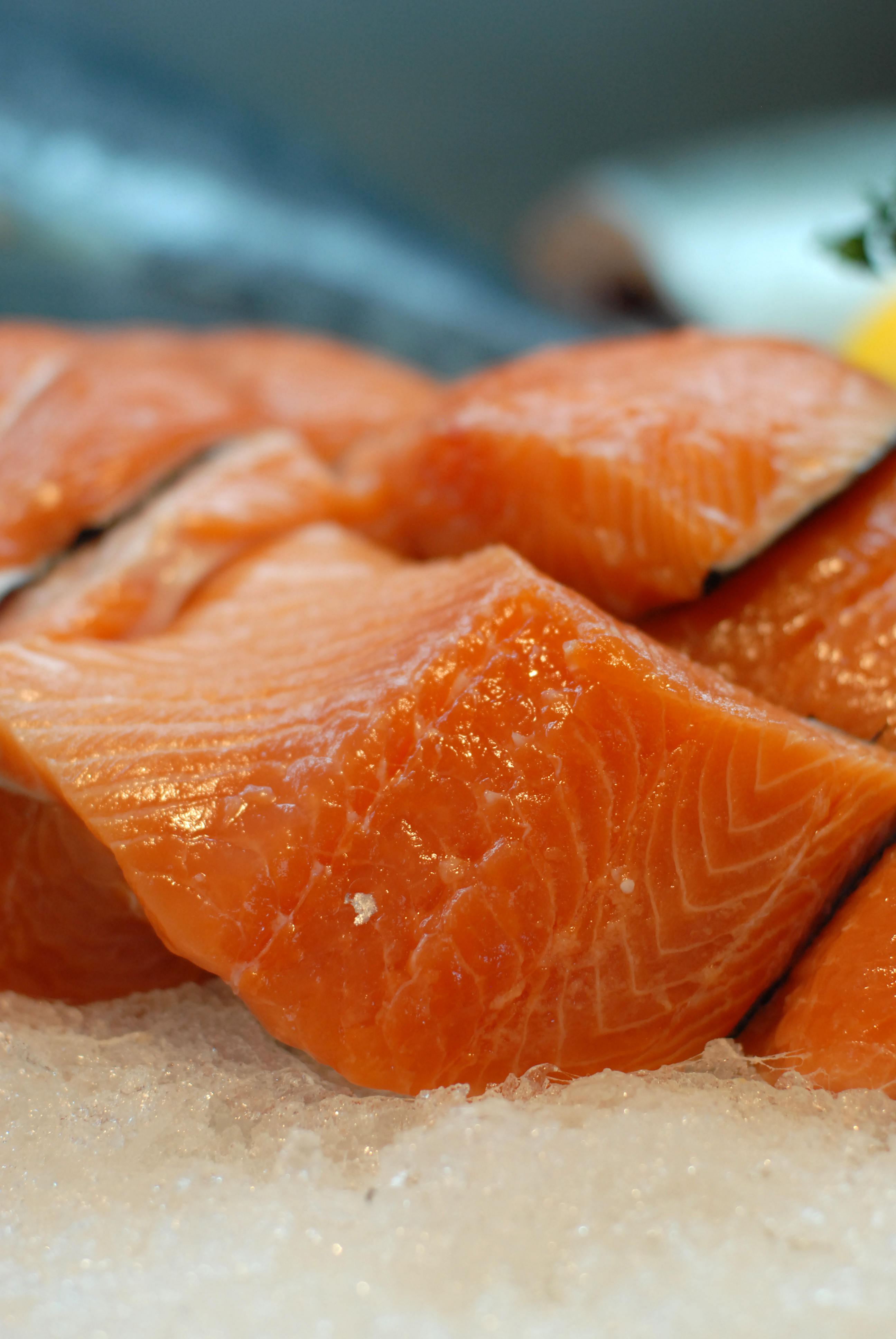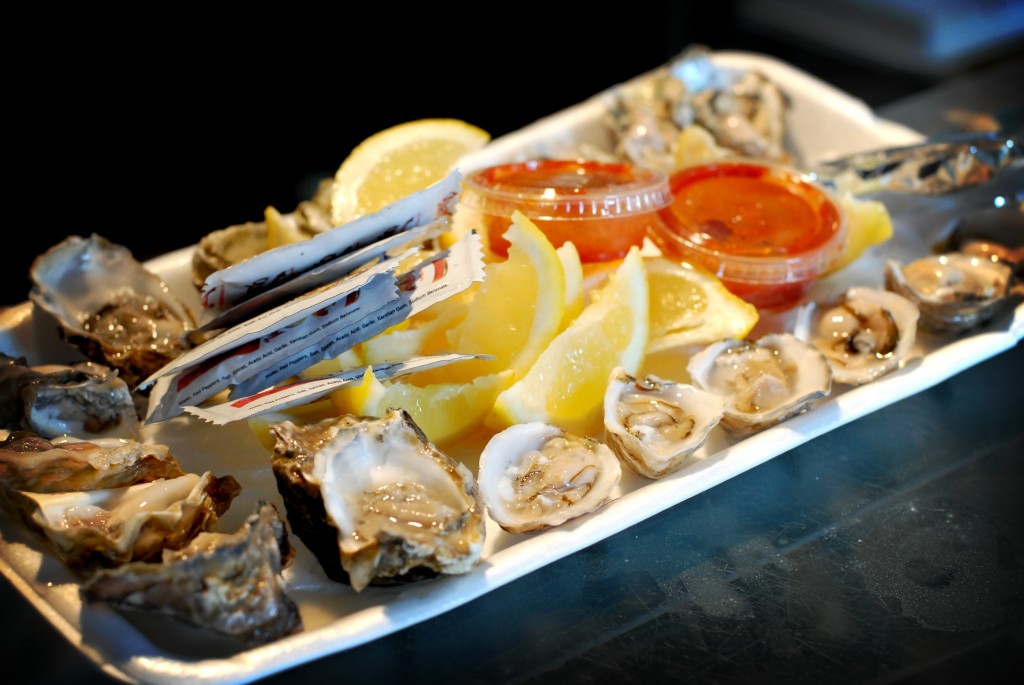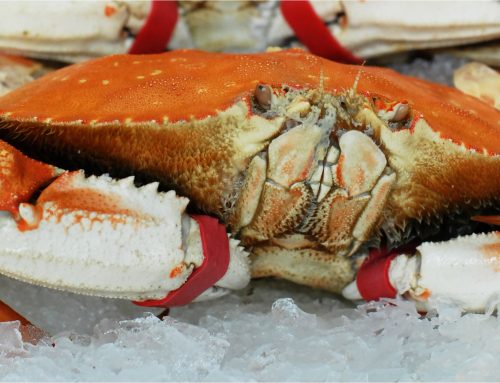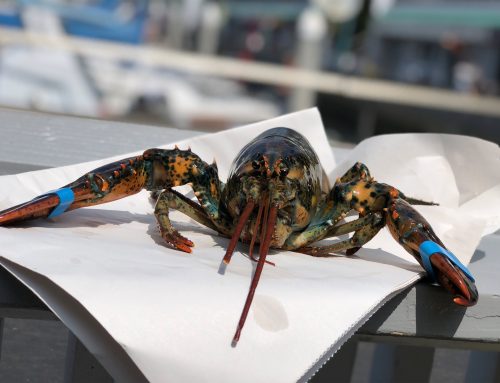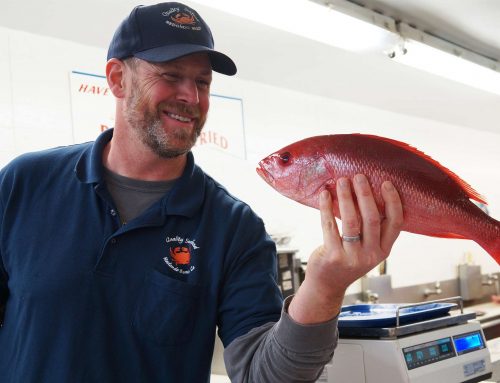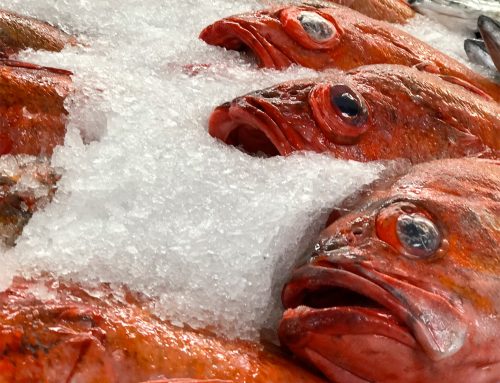6 of the Healthiest Fish To Eat
You have probably heard people say you should start eating fish because it’s healthy. Fish are a lean source of protein and high in omega-3 fatty acids, not to mention delicious as well. Omega-3 fatty acids are thought to help with lowering cholesterol levels, improving the health of your heart, and reduce overall stiffness and joint pain. And that’s just a few of the benefits!
The sea is certainly a bounty of deliciousness, but we must also be responsible consumers and weigh our choices with their impact on the aquaculture, and ourselves. The Monterey Bay Aquarium has a great website for sustainability information.
So, what are the healthiest fish to eat? and why? Weighing both the health and sustainability factors, here’s a list of the 6 healthiest fist to eat:
1. Albacore Tuna (troll- or pole-caught, from the U.S. or British Columbia)
Many tuna are high in mercury but albacore tuna—the kind of white tuna that’s commonly canned—gets a Super Green rating as long as (and this is the clincher) it is “troll- or pole-caught” in the U.S. or British Columbia. The reason: smaller (usually less than 20 pounds), younger fish are typically caught this way the larger fish are usually caught on long-lines). These fish have much lower mercury and contaminant ratings and those caught in colder northern waters often have higher omega-3 counts. The challenge: you need to do your homework to know how your fish was caught or look for the Marine Stewardship Council (MSC) blue eco label.
2. Salmon (wild-caught, Alaska)
To give you an idea of how well managed Alaska’s salmon fishery is, consider this: biologists are posted at river mouths to count how many wild fish return to spawn. If the numbers begin to dwindle, the fishery is closed before it reaches its limits, as was done recently with some Chinook fisheries. This close monitoring, along with strict quotas and careful management of water quality, means Alaska’s wild-caught salmon are both healthier (they pack 1,210 mg of omega-3s per 3-ounce serving and carry few contaminants) and more sustainable than just about any other salmon fishery.
3. Oysters (farmed)
Although they aren’t a fish, farmed oysters are good for you (a 3-ounce serving contains over 300 mg of omega-3s and about a third of the recommended daily values of iron). Better yet, they are actually good for the environment. Oysters feed off the natural nutrients and algae in the water, which improves water quality. They can also act as natural reefs, attracting and providing food for other fish. One health caveat: Raw shellfish, especially those from warm waters, may contain bacteria that can cause illnesses. Quality Seafood only carries cold-water oysters to help avoid any potential illnesses from warm-water oysters.
4. Sardines, Pacific (wild-caught)
The tiny, inexpensive sardine is making it onto many lists of superfoods and for good reason. It packs more omega-3s (1,950 mg!) per 3-ounce serving than salmon, tuna or just about any other food; it’s also one of the very, very few foods that’s naturally high in vitamin D. Many fish in the herring family are commonly called sardines. Quick to reproduce, Pacific sardines have rebounded from both overfishing and a natural collapse in the 1940s.
5. Rainbow Trout (farmed)
Though lake trout are high in contaminants, nearly all the trout you will find in the market is farmed rainbow trout. In the U.S., rainbow trout are farmed primarily in freshwater ponds and “raceways” where they are more protected from contaminants and fed a fishmeal diet that has been fine-tuned to conserve resources.
6. Freshwater Coho Salmon (farmed in tank systems, from the U.S.)
Freshwater coho salmon is the first—and only—farmed salmon to get a Super Green rating. All other farmed salmon still falls on Monterey Bay Aquarium’s Seafood Watch “avoid” list for a few reasons. Many farms use crowded pens where salmon are easily infected with parasites, may be treated with antibiotics and can spread disease to wild fish (one reason Alaska has banned salmon farms). Also, it can take as much as three pounds of wild fish to raise one pound of salmon. Coho, however, are raised in closed freshwater pens and require less feed, so the environmental impacts are reduced. They’re also a healthy source of omega-3s—one 3-ounce serving delivers 1,025 milligrams.
All on this list are quality choices and are some of the healthiest fish to eat. Now you now what’s good for you, and the planet. What are some healthy seafood options that you like to eat? Do you have any good recipes?


